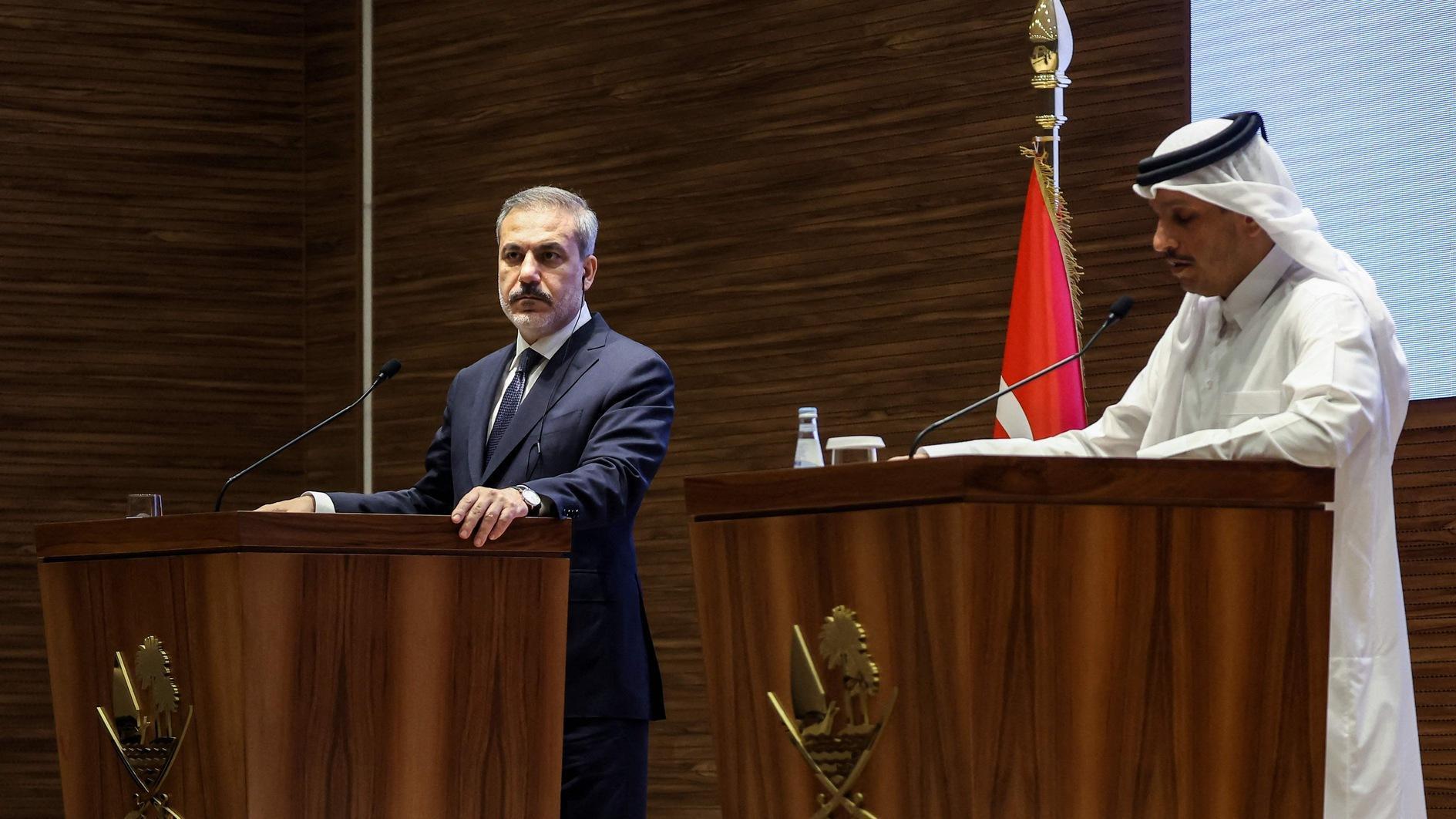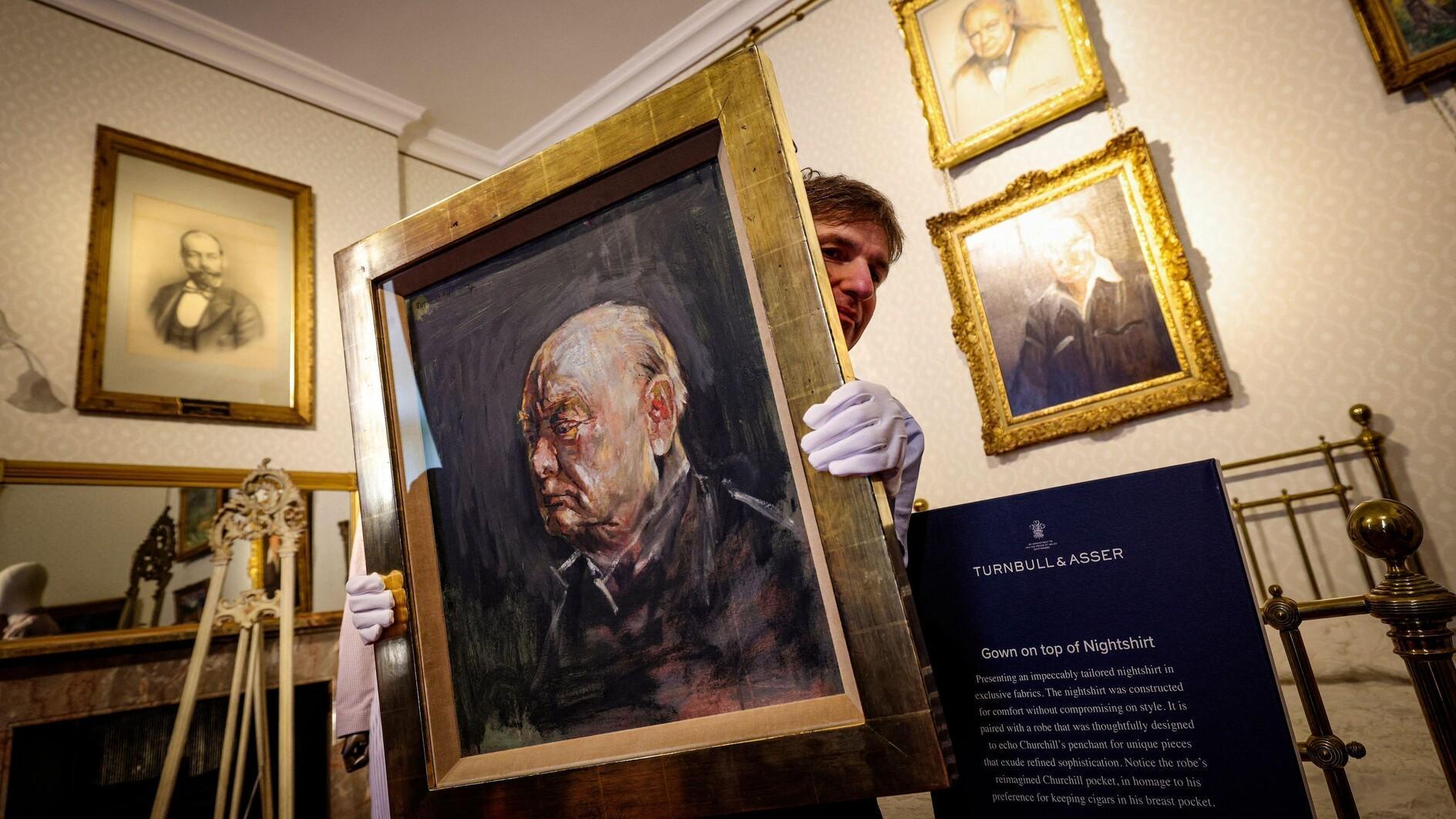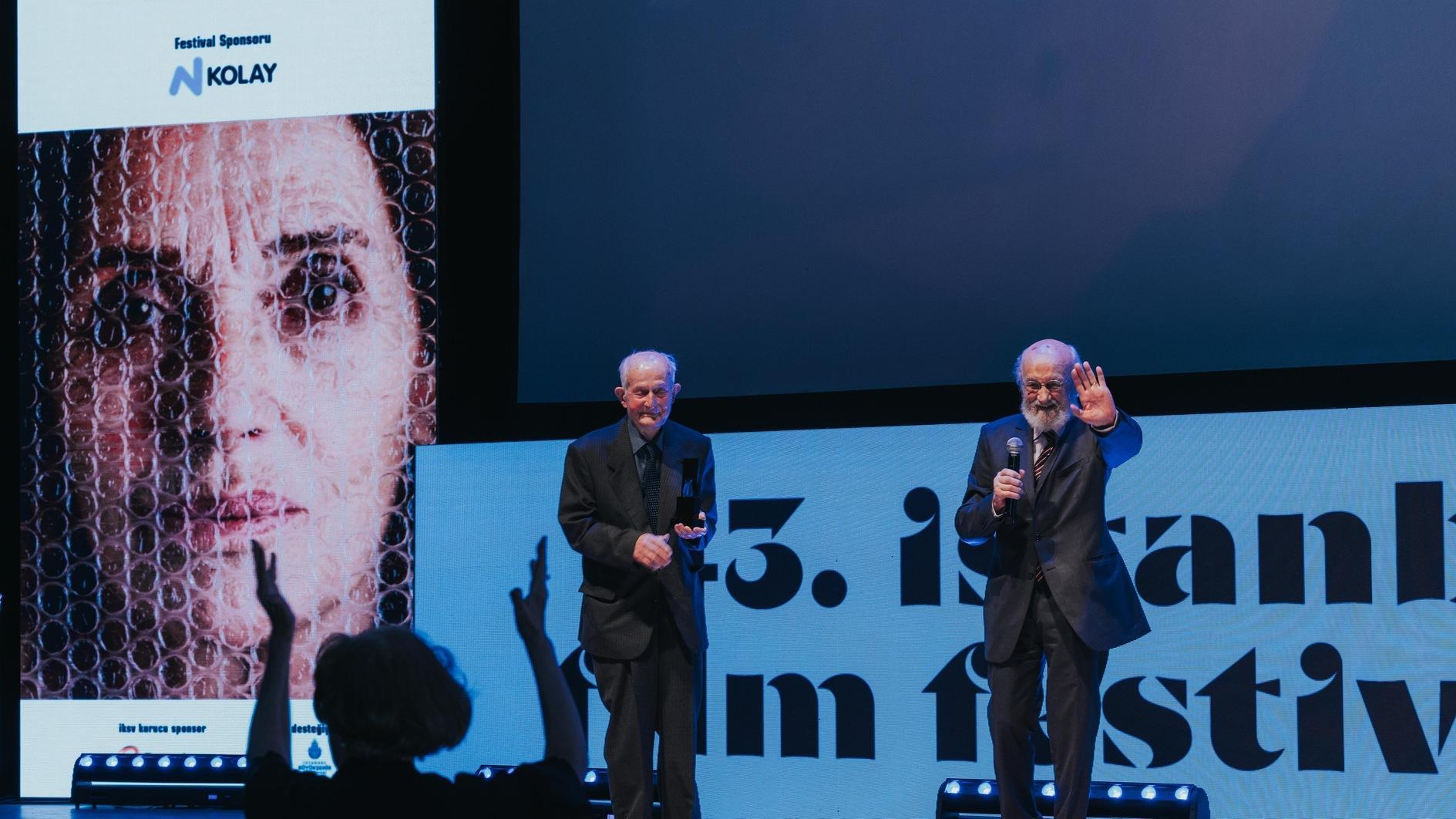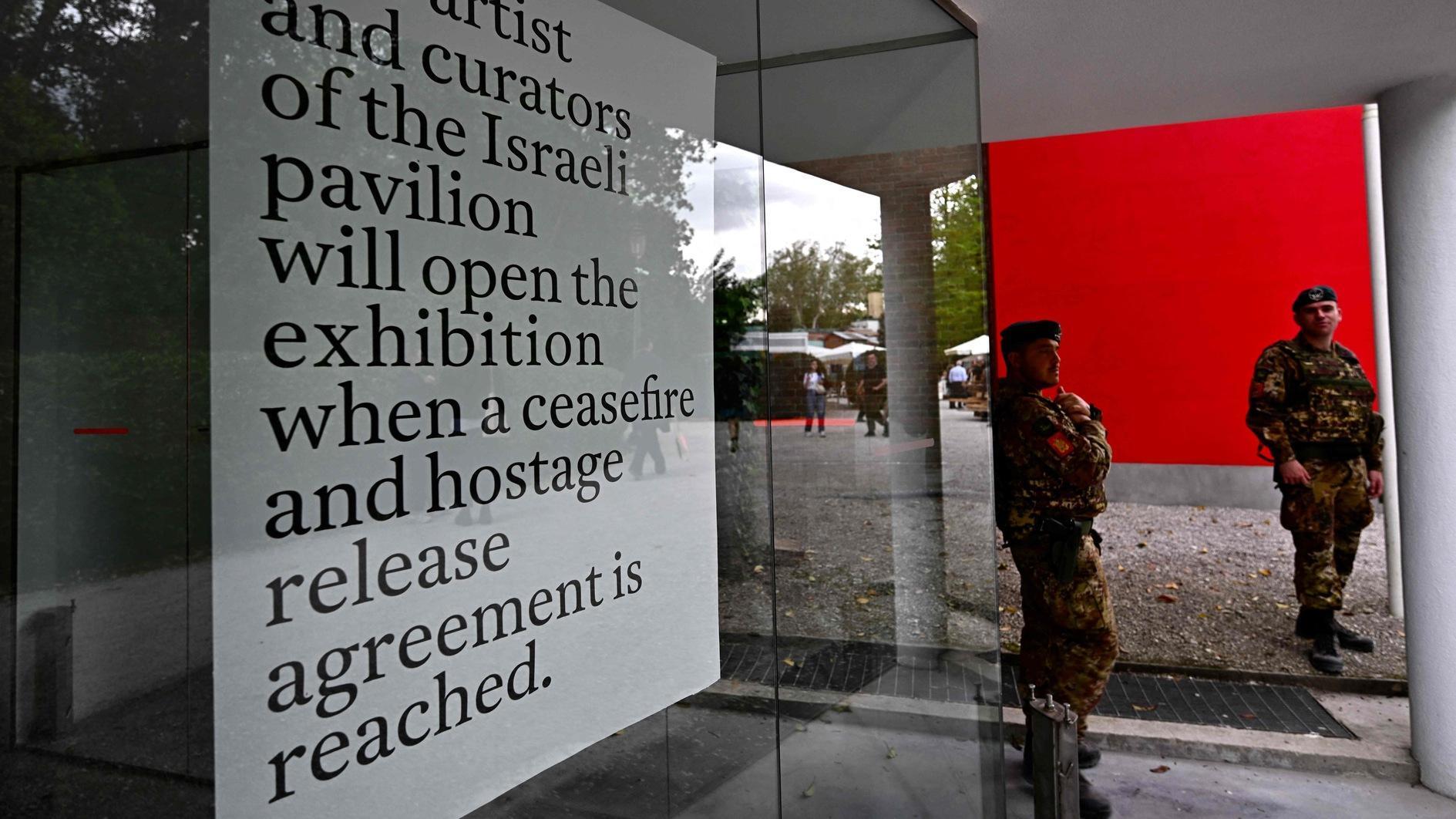A Turkish town’s test with tea and Atatürk
The row began last week when Reşat Kasap, the mayor of the eastern Black Sea town of Rize, said a statue of Mustafa Kemal Atatürk, the founder of the Turkish Republic, in the town’s main square could be removed.
His justification was a renovation of the square, and the presence of the Atatürk statue there was blocking traffic during official ceremonies. These ceremonies involved simply saying an oath, singing the national anthem by the protocol, a minute of respect and could take more or less half an hour in total three or four times a year.
The Rize branch of an NGO, the Atatürkist Thinking Association (ADD), spoke up against the plan, claiming the mayor, who was elected from the Justice and Development Party (AK Parti), was actually planning to place a statue of a giant, tulip-shaped Turkish tea glass (Rize has almost all of Turkey’s tea plantations).
Then the row started to escalate. Mayor Kasap said he might call for a referendum in the town on whether the Atatürk statue should be kept in its current place after the construction work or if it should be replaced with the giant tea glass.
If there is going to be a referendum, it will be the first one in Turkey over the removal of a statue of its founder.
The point is that the tea growing and processing industry in Rize (and in Turkey) is very closely related to Atatürk and the republic he established in 1923 after a war of independence.
There had been attempts in Ottoman times to grow tea in Turkey but in the wrong places; the works in the western town of Bursa did not produce any results.
It was Atatürk himself who, based on some agricultural and ecological reports, decided to send experts to Batumi in neighboring Georgia and passed a law from parliament to give incentives to bring tea trees for plantation in Rize in 1925. They held. The first tea harvest in Turkey was in 1938, a while before Atatürk lay in bed for the last time and passed away. The first tea processing factory was established in Rize in 1947 by the Republican People’s Party (CHP) government under İsmet İnönü, before losing the government to the Democrat Party (DP) in the first free multi-party elections in Turkey in 1950.
But this is not the whole story. Rize has had a complicated history with Atatürk and his reforms.
It was also in 1925 when Atatürk announced the “Hat Reform,” banning all the headwear of the past, in particular from Ottoman times, and made the Western-style hat obligatory for all public people. For civilians who wanted to cover their head, for males the Western hat was their only option and for women only the traditional headscarf was allowed; the Islamic way was strictly forbidden. It was not a liberal but actually quite a radical way to impose reforms, in parallel with the strong winds blowing in Europe those days.
There were strong protests and rallies against it, especially by religious leaders, particularly of the Naqshbandi sect, in a number of towns across Turkey which were brutally suppressed by the military; a total of 47 leaders of the “rebellion” as the regime called it were executed after makeshift trials.
But the most spectacular of them was the one in Rize. It was led by an imam from the Potomya (now Güneysu) town of Rize. Rize was proud to be the home town of a prime minister before, center-right leader Mesut Yılmaz, but now more in Rize are proud of President Tayyip Erdoğan, who is not only from Rize but also from Güneysu.
The Ankara government sent the Hamidiye destroyer to Rize in order to persuade the people from standing against the “Hat Reform,” which had spread all over by Dec. 25. After pounding the skirts of the mountains behind the town with its powerful guns, troopers entered the town and suppressed the “rebellion.” A state of emergency court ruled immediately for the execution of eight of the leaders and forced more than a hundred of the participants into obligatory resettlement out of Rize.
Because tea and Atatürk have mixed feelings in the memories of the people of Rize, it is hard to tell whether the mayor’s motivation was purely urban transformation or poking the sensitivities of especially religious people in the town before an election of key importance. Mayor Kasap strongly refuted the criticisms and said actually people like him and President Erdoğan represented the spirit of Atatürk better, because they served for the needs of the Turkish people. He is actually a professor of statistics who had worked for European Union and UNESCO projects in the past, and presents an open-minded profile.
But there have been many examples in Turkey and elsewhere showing the centrifugal powers of political competition could spin people to unimaginable places. They usually end up in disappointment.
The Atatürk statue-tea glass statue row began before Sept. 18, when the candidate lists for parliament were finalized. Kasap was not on the lists.











